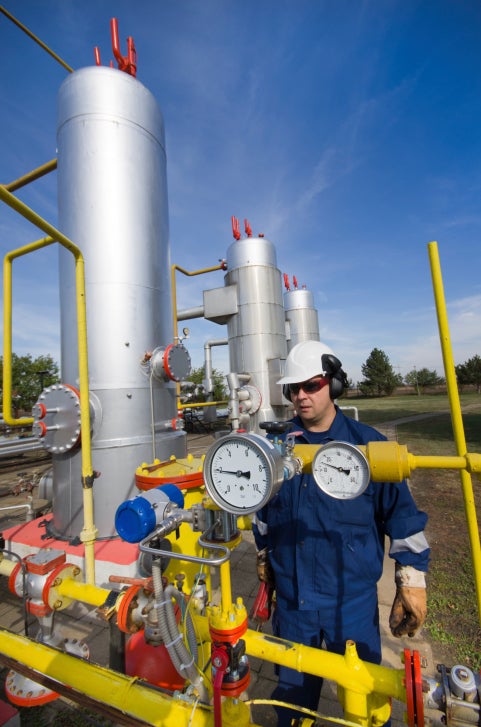Our Interpretation of the UT Study Still Holds. Here’s Why.
In 2012, EDF spearheaded its largest scientific pursuit to date—a collaborative 16-study effort designed to better understand how much methane is being leaked across the natural gas supply chain (and from where). In the coming months, we plan to wrap up and summarize that work, packaging all that we have learned from this undertaking and the growing body of work from other researchers.
The first study was led by the University of Texas (UT Study) and found that methane emissions from equipment leaks and pneumatic devices were larger than previously thought. The study also found that techniques to reduce emissions from hydraulically fractured well completions are effective at capturing 99% of the methane that was previously vented to the atmosphere, and provided a data-based example of EPA regulations working.
After publication of the findings from the UT Study, public debate about the results ensued, with one criticism suggesting that the UT Study underestimated emissions because of a possible malfunction of one of the instruments used for measuring emissions, the Hi Flow Sampler.
The Hi Flow Sampler
EDF took this concern seriously. So did primary authors of the UT Study journal articles, who re-evaluated their data and concluded that instrument malfunction “did not significantly impact” their measurements. We went a step further by doing a “what-if” analysis to estimate how big an error might have occurred if the instrument had – in fact – malfunctioned. Our results are published today in Elementa: Science of the Anthropocene.
The new paper begins by clarifying that whilethe UT Study quantified emissions from five source categories, it relied exclusively on the Hi Flow Sampler for only two out of the five categories. Obviously, this mitigates the potential impact of any malfunction in the Hi Flow on the overall study. We then present a quantitative estimate of the effect on the UT Study conclusions if the Hi Flow Sampler had systematically malfunctioned during the UT Study. We found that the worst case scenario is that the UT Study could have under reported total emissions from all five sources it examined by no more than 12-24% (the effect on an individual source type like equipment leaks could have been larger, up to 40-80%). The potential error is even smaller when accounting for emissions from source categories in the natural gas production segment that were not part of the UT Study (<7-14%), or across the entire natural gas supply chain (<2-5%).
Our new paper affirms what we said when the UT Study was first published: emissions from key natural gas production sources are too big and they need to be reduced. Underestimation due to malfunctions of the Hi Flow would only increase the scale of the problem. In other words, the issue raised by the possibility of Hi Flow malfunction in the UT Study is whether emissions are big or bigger.
Methane Still Matters
Our overall understanding is that methane emissions are nonetheless substantial, and need to be addressed, particularly from production sites. We still know that oil and gas operations in the US leak and waste methane at a rate of nearly 10 million metric tons of methane a year, valued at almost $2 billion each year. This is enough gas to heat over 7 million homes.
All of this wasted methane can be accompanied by other air pollutants that also affect the health of those living near these production sites. The toxic pollution that the oil and gas industry leaks into the air can also trigger asthma attacks in children and cause cancer, among other public health threats.
EDF will continue our work to engage with the scientific community on the importance of emissions of methane and other air pollutants from the oil and gas industry.












